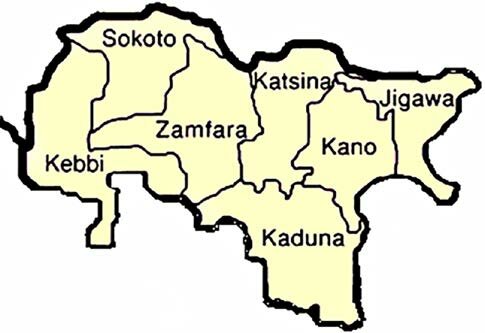Majority of stillbirth cases in Nigeria occur in the Northwestern part of the country, the findings of the Improving Nigeria’s Capacity to Use Data on Registered Stillbirths for Decision making & Planning (SPEED Project) data analysis has shown.
The data lead, International Research Center of Excellence (IRCE) of the Institute of Human Virology Nigeria (IHVN) Dr Nifarta Andrew made the disclosure Thursday during the launch of the SPEED project stillbirths dashboard in Abuja.
The SPEED Project is a Vital strategies Inc -Bloomberg Philanthropies Data 4 Health Initiative funded project, collaborating with the Federal Ministry of Health to translate stillbirths’ data for policy impact.
Presenting the findings, Nifarta who was represented by Oyewole Oyedele, said the high incidence in the northwest is due to the burden that is more than twice the national estimate in Zamfara (53 per 1000) and Katsina (52 per 1000) states.
He said the Stillbirths Rate (SBR) is 24 per 1000 total birth in Nigeria , and that it is currently twice the expected target per Every Newborn Action Plan (ENAP) global target of 12 per 1000 total birth by 2030.
Nifarta said the findings also revealed that only two (Osun and Ogun) of the thirty-six states and the Federal Capital Territory (FCT) has currently achieved the targeted stillbirth rate at about/below the 12 per 1000 total births in Nigeria.
He said more than four hundred thousand (404,305) stillbirths had occurred between 2014 and 2023 in Nigeria, with the highest and lowest stillbirth incidence in Katsina and Ekiti states respectively.
He said, “Not fewer than 11 states have an SBR higher than the national estimate while 26 states either have an SBR equal or lower than the national estimate.
“It is projected that Nigeria may achieve the ENAP target by 2027-2030 if concerted efforts towards reducing SBR is intensified across the region, particularly the northwest, ” he said.
The Principal investigator of the project Emembo Oghome said they would work with the Federal Ministry of Health to apply the data in addressing gaps identified in the ministry’s reporting system.
She said there was also need to cascade the innovation to the states especially Zamfara state and Katina state, that have high rate so that they can see the economic and social implications of losing babies; and also understand the exact strategies that need to be deployed to reduce the rates.
The head, health promotion of the Federal Ministry of Health, Nma Ogbonna, said stillbirth data was critical in the reduction of mortality, and improved maternal health care services.
She said the dash board which is hosted on the ministry’s website would help improve decision making towards reducing preventable stillbirths in Nigeria.

 Join Daily Trust WhatsApp Community For Quick Access To News and Happenings Around You.
Join Daily Trust WhatsApp Community For Quick Access To News and Happenings Around You.


